Should you deadhead alliums? Garden maintenance experts share their professional advice
Have your decadent alliums lost their vibrance? It might be time to get the secateurs out
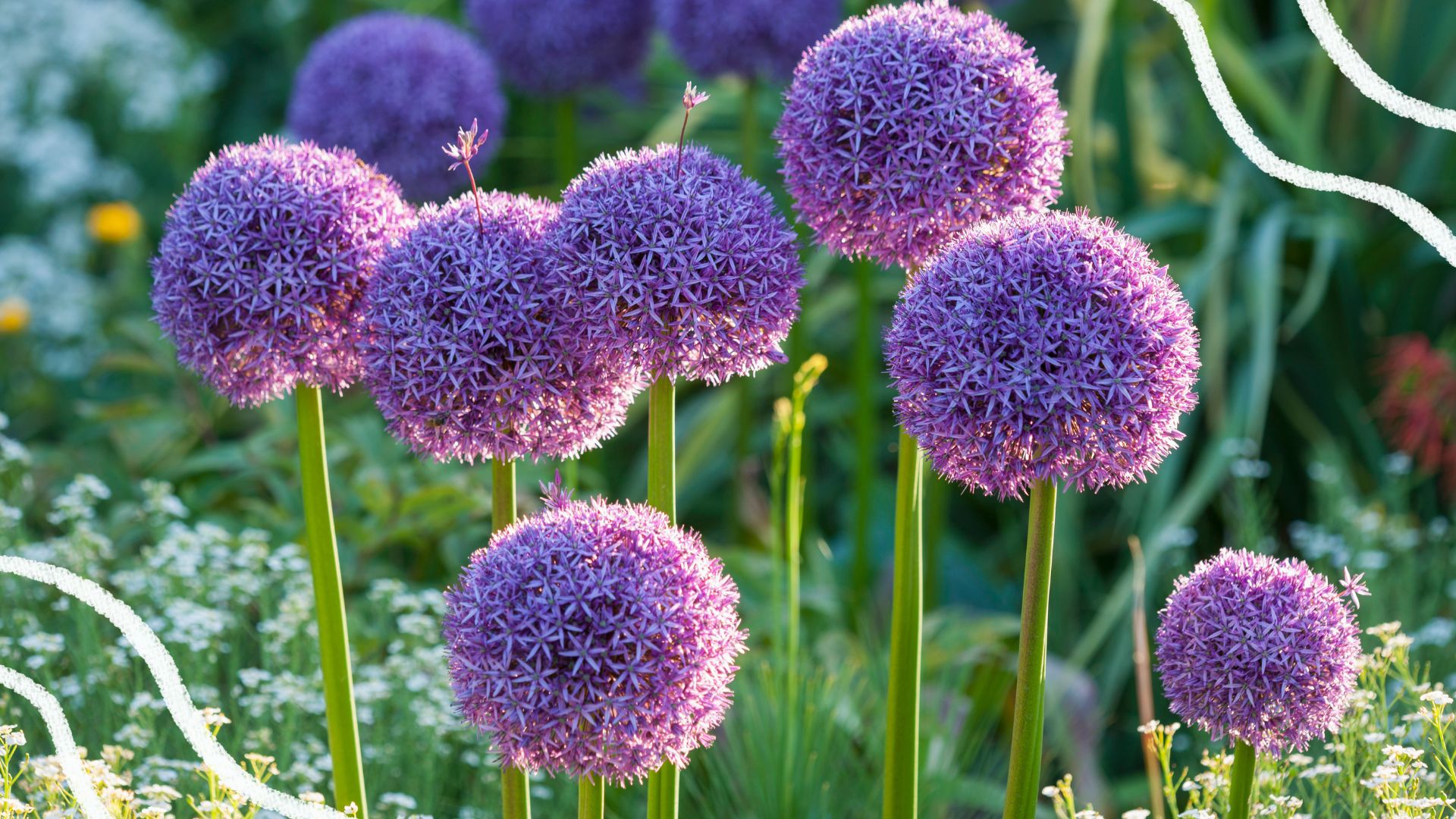

Alliums are a beloved garden favourite, but is it necessary to give them a chop once they pass their blooming period?
Whether you're a fan of cottage garden ideas or love adding pops of colour into your space, alliums are a fantastic floral choice. They not only offer vibrant hues but also grow rather tall, giving flower beds some depth and variety.
But do they belong on the list of plants you should never deadhead, or will they benefit from a post-bloom chop? We sought the guidance of a gardening expert.
Should you deadhead alliums?
When you're sorting your garden out toward the middle and end of summer, you might be wondering what plants you need to cut back and which you should leave.
Knowing how to deadhead plants properly is key to maintaining a flourishing garden, but are alliums on the list of plants that need the chop?
"The large, spherical head of alliums is an ‘umbel’ as it is composed of a cluster of individual florets all spreading from a central point," explains Lucie Bradley, gardening expert at Easy Garden Irrigation.
"The number of florets can range from dozens to hundreds, depending on the variety of allium, with ‘Globemaster’ believed to have the most florets forming each flower head, with over 1,200 forming a bloom, which can result in show-stopping flower heads up to 25 cm in diameter."
Sign up to our free daily email for the latest royal and entertainment news, interesting opinion, expert advice on styling and beauty trends, and no-nonsense guides to the health and wellness questions you want answered.
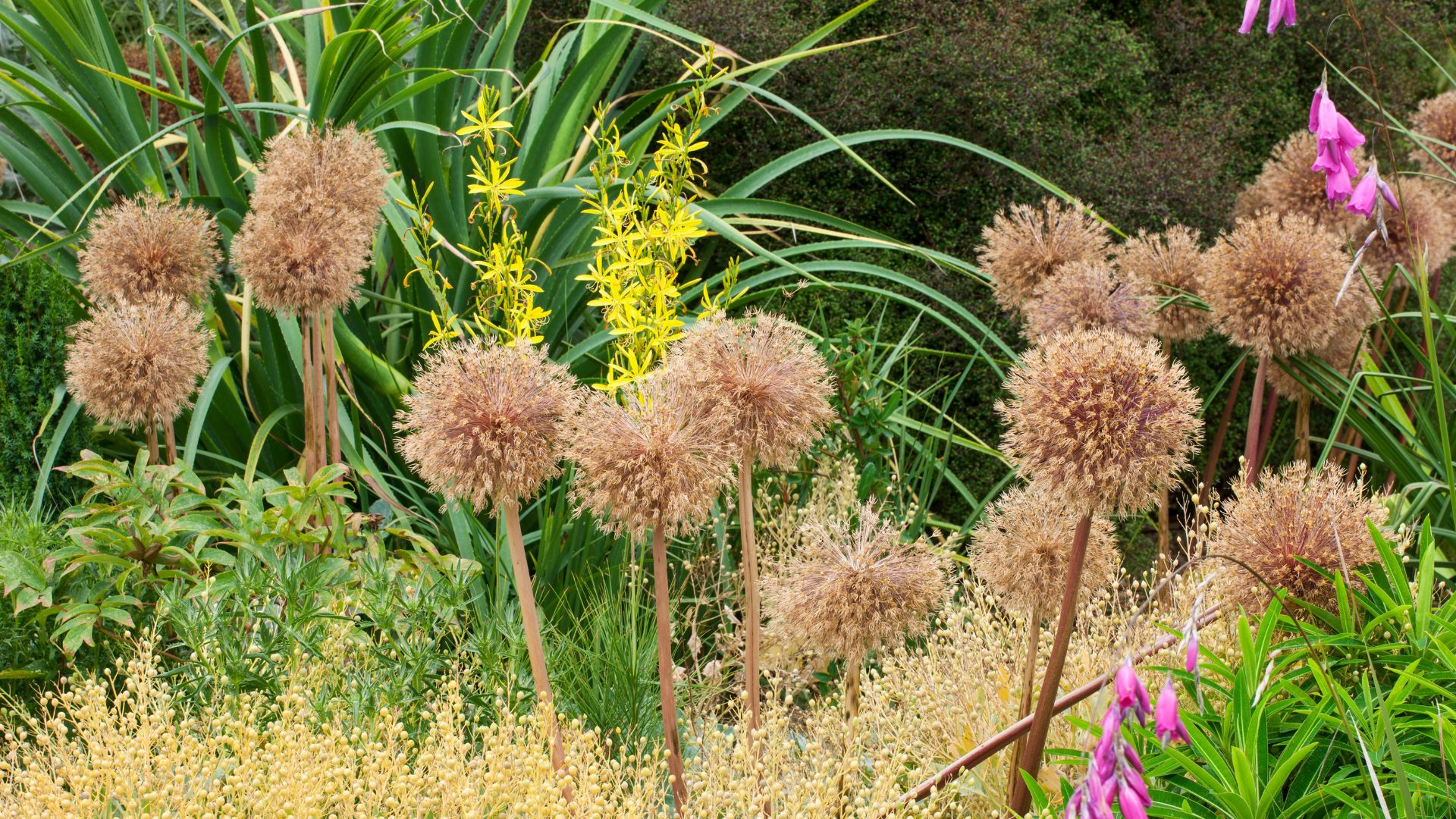
"With blooms appearing in late spring to early summer, the purple flower heads will decorate your garden for up to two to three weeks before the individual florets start to fade," she continues.
"With the shape and structure of the flower head remaining intact as the florets fade, you can get a further 7 to 10 days to enjoy the form before you need to decide whether to deadhead or not."
Lucie points out that most gardeners will choose to deadhead alliums as they'll want to prepare the plant to produce bigger and better blooms the following year. She adds that deadheading is an 'insurance policy' for even greater displays next year.
"However, you will find some gardeners, especially ecological gardeners, may decide not to deadhead as the flower heads will provide a valuable food source for wild birds in autumn and winter," she adds.

With over 28 years working in the garden industry, Lucie has been fortunate enough to spend every day speaking to both amateur and professional gardeners. Encouraged to garden since she was old enough to walk, she believes that you can never know everything about gardening, as it is constantly evolving.
What are the benefits of deadheading alliums?
Deadheading is one of the best ways to keep your garden blooming throughout the seasons. It's also got quite a few other benefits, depending on the plant.
"The main benefit of removing the spent flower heads of alliums is so that the plant will direct its energy back into building up the health and size of the bulb rather than on producing seeds. By focusing on bulb development, the allium should produce more flowers in subsequent years," says Lucie.
A secondary benefit is that it helps you maintain a colourful garden and stop your space from being filled with slowly fading flower heads.
"By selecting not to deadhead your alliums, you can allow the allium to self-seed, with the small black seeds dispersing naturally and potentially creating denser areas of alliums in your garden or, if carried further, new patches of alliums in other areas of your garden," continues Lucie.
Alternatively, you can collect the seeds yourself if you want to be more selective about where you want more alliums in your garden. You do, however, need to consider that if you grow alliums from seeds, it will take several years until they are mature enough to produce flowers.
How to deadhead alliums
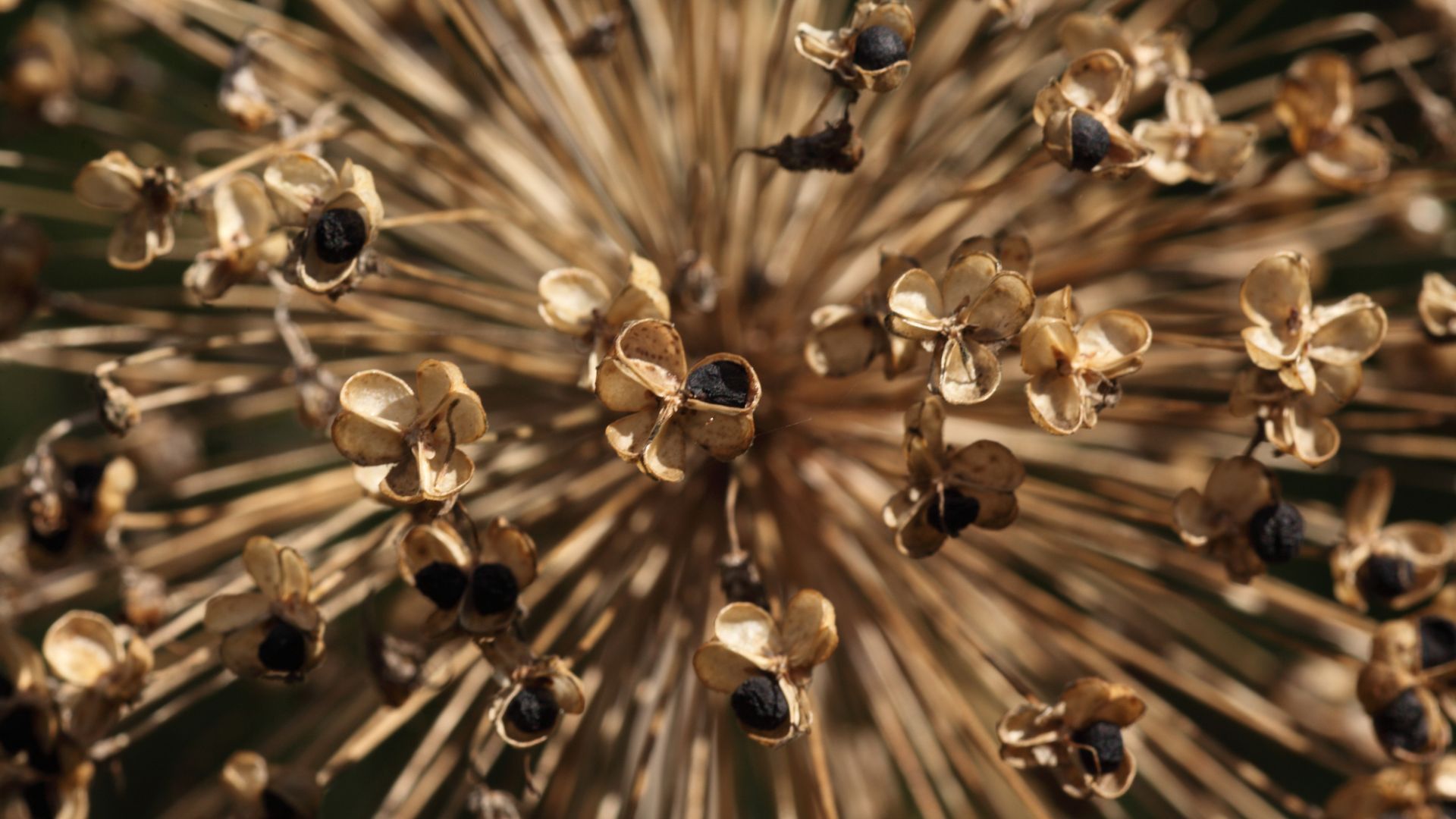
As with deadheading clematis or even pruning your lavender, the method is relatively simple and will just require your gardening essentials.
"Ensure you have a sharp, clean pair of secateurs to hand when it’s time to deadhead - whipping the blade with rubbing alcohol will ensure they are disinfected so won’t carry disease from one plant to another," instructs Lucie.
"You should deadhead allium blooms once the florets have faded, but before the bloom has time to fully dry out and produce seeds. Simply identify the stem from which the faded bloom originates and cut through the stem as close to the base of the plant where the foliage is," she adds.
Lucie warns against removing green foliage as this needs to be allowed to naturally die back on its own over a few weeks, so they can feed energy back into the bulb.
"If you allow about six weeks until the leaves have withered, dried and turned brown, you know all the energy has gone back into the bulb and you can trim them away," Lucie finishes.
Shop deadheading essentials
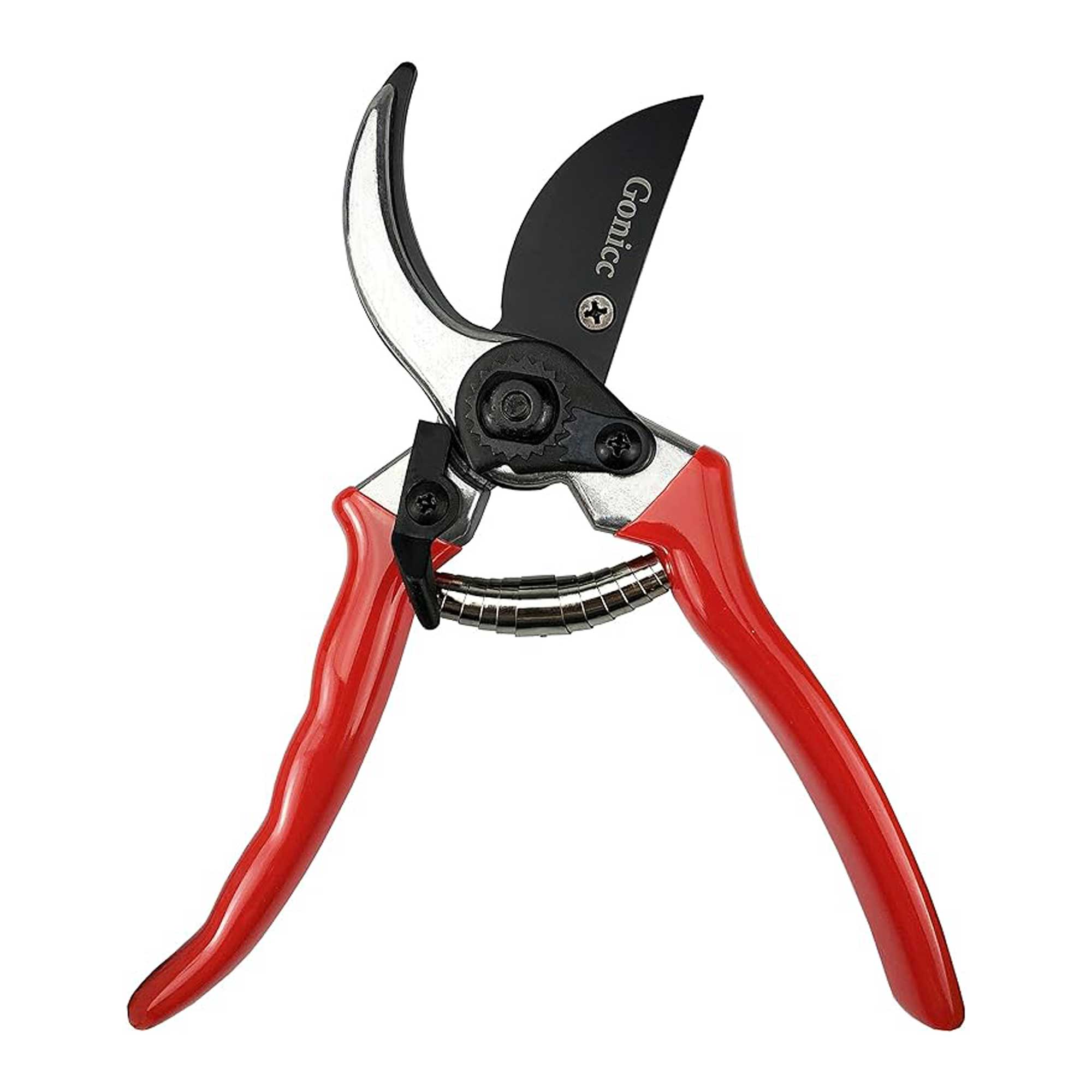
RRP: £11.95 | These popular secateurs feature a carbon steel blade and lightweight, non-slip handles, making precision pruning and deadheading easy.
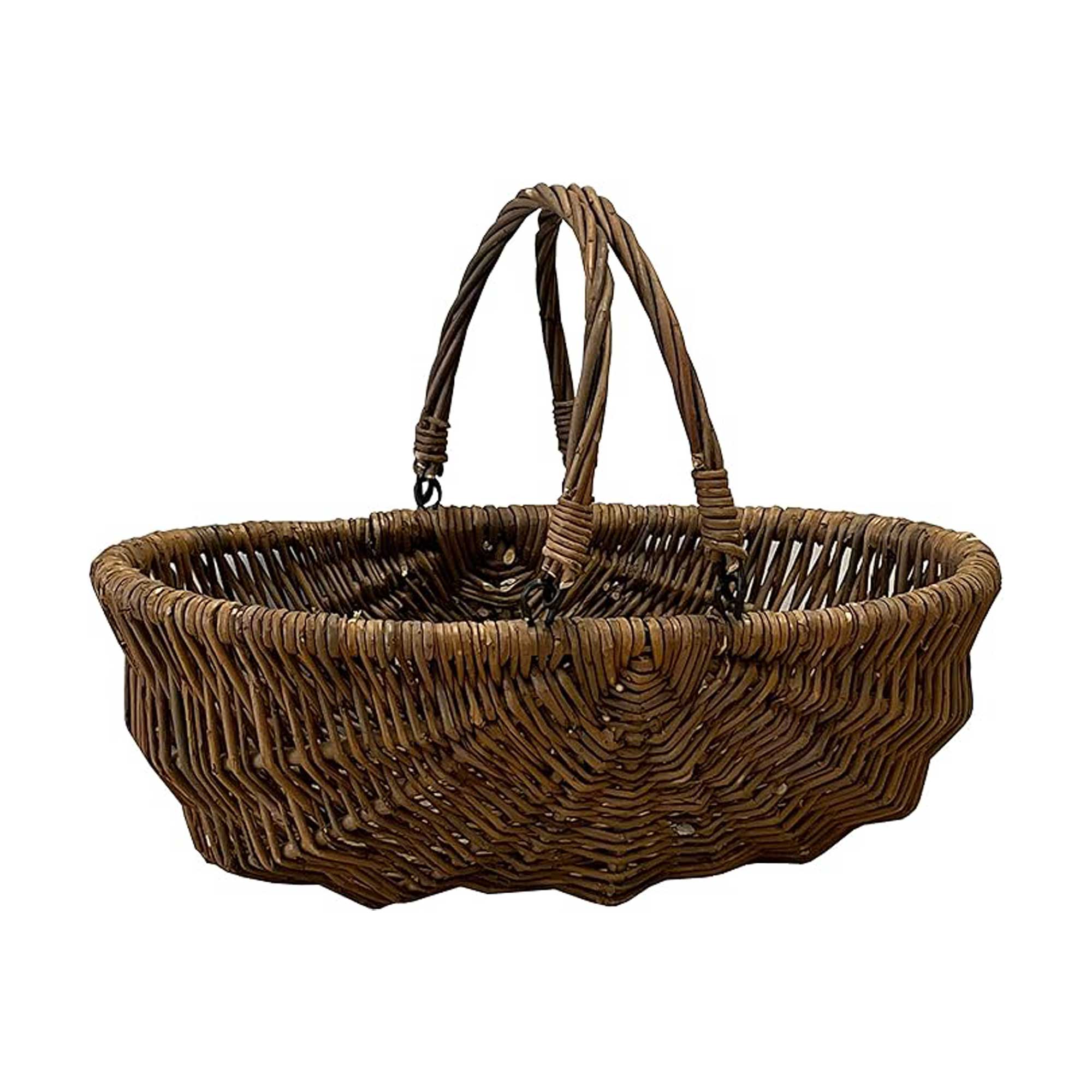
RRP: £21.98 | Gather spent flower heads in style with this rustic basket from Selections, complete with folding handles.

RRP: £9.95 | These gardening gloves have been awarded ‘Amazon’s Choice’, and it’s easy to see why – they’re breathable, comfortable, and stylish.
Once you've finished deadheading your plants, whether that's the alliums or others, then you can dispose of the spent blooms in your homemade compost pile.

Emily joined woman&home as a staff writer after finishing her MA in Magazine Journalism from City University in 2023. After writing various health and news content, she now specialises in lifestyle, covering unique cleaning hacks, gardening how-tos, and everything to help your houseplants thrive.
You must confirm your public display name before commenting
Please logout and then login again, you will then be prompted to enter your display name.